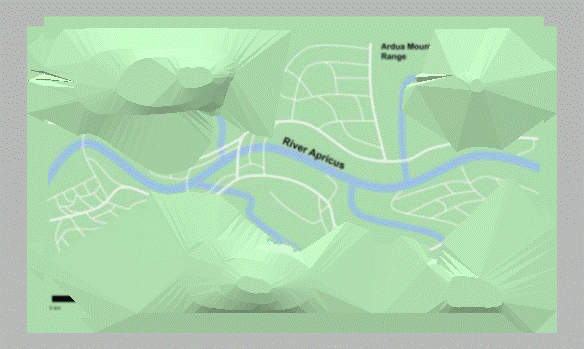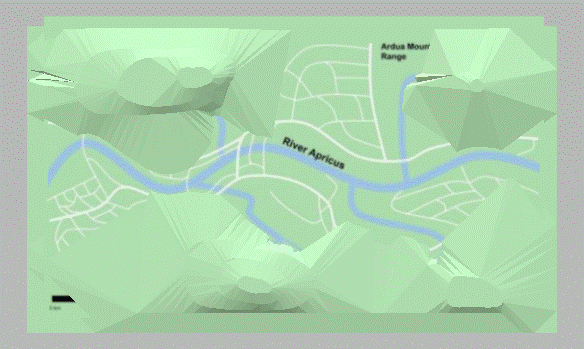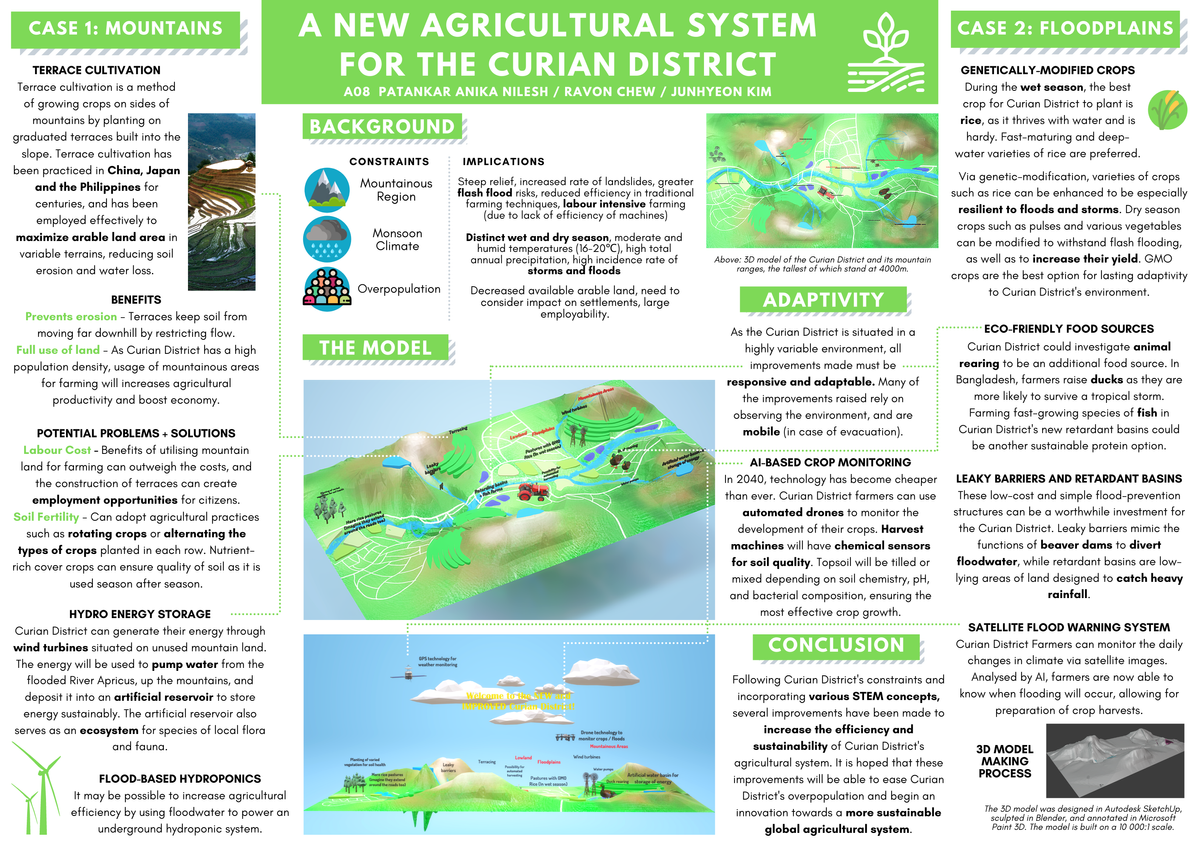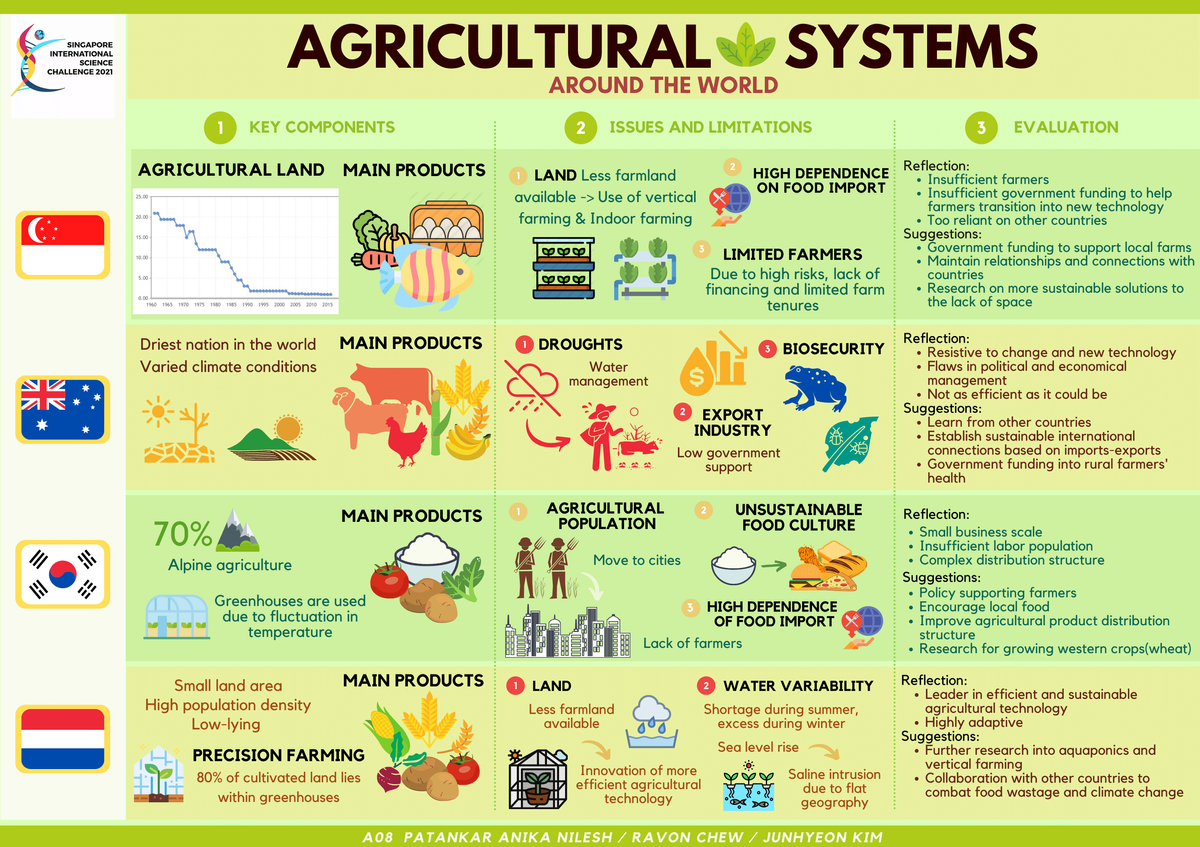Singapore International Science Challenge

Singapore International Science Challenge - Recap and Win!
We are very excited to share a detailed account of our Singapore International Science Challenge experience.
Held from the 12 to 15 of March, the SISC brought together secondary school students from a variety of countries including Australia, Singapore, China, Vietnam, Mongolia, Japan, Korea, Indonesia, and the United States in celebration of scientific research, collaboration, and communication.
Although the SISC officially took place during March, for us, preparations had begun as far back as December of last year. We were required to submit a 7-page research paper for the Research Challenge e-proceedings, as well as produce a 10-minute video explaining the contents of our research in an engaging format. Our research was titled “A Novel Graph-Based Model for COVID-19 and Related Pandemics”, a project which we had begun working on as early as August of last year. Before the official proceedings began, the research videos were judged, and a shortlist of semi-finalists were put online for public voting. Excitingly, and to our surprise, our video was one of them!
The SISC began officially with an opening ceremony, where we were able to hear about NUS Deputy President Professor Freddy Boey’s work, particularly in initiating Singapore’s COVID test-kits. After an introductory video edited meticulously with images of students from every participating school, we participated in a friendly kahoot about each country’s quirks. Then, we were separated into smaller groups of around 10 students, where we got to know each other through a series of icebreakers. This was the first time we had the opportunity to speak to our fellow competitors first hand, and get to know each other.
Next, we were introduced to the main event of the week - the Field and Design & Build Challenges. They were shrouded in much mystery, but essentially evolved around the 2021 SISC’s themes of Altruistic Thinkers, Global Citizens. First, we were separated and sorted into groups of 3 students from different countries, and assigned a different system. For my group, that was Agriculture, for Mohit, Water Management, and for Oviya, Energy.
For the Field Challenge, we were required to produce an infographic that communicated the existing infrastructure and design of our assigned system. Amazingly, we were given less than a day to complete this. I found it particularly challenging to demonstrate understanding of the challenge while being restricted by the need for a clear and concise infographic format.
Next were the Design & Build Challenges. Building upon our knowledge from the first challenge, each group was assigned a district in the fictional city of STEAMville. Each district was prey to a variety of constraints, ranging from a hot desert, to monsoons and earthquakes. We were then required to design a sustainable system for this district, create a 3D model, and justify the model through a poster. If that already sounds challenging, we had less than 2 days to complete this challenge. I stayed up until 3am in the morning of the last day, just to complete this!
Question and answer sessions were interspersed throughout the three days, where each group was allocated half an hour with a student facilitator to answer any of their queries. Many of these sessions occurred past midnight due to the time zone difference.
Halfway through the second challenge, a Synchronous Discussion was held - where groups with the same assigned system joined a zoom meeting and presented their ideas to each other. This allowed for particularly intricate and brutal feedback in the subsequent Q&A sessions. Before the Synchronous Discussion, my group was particularly lost in terms of how to approach the challenge, but the chance to bounce ideas off other teams was especially helpful in giving us a sense of direction. It was always fun to see the various approaches each team took as well. Some had already finished a complicated 3D model, while we had barely started!
After submitting our solutions on a particularly hectic Monday morning, the next on the agenda were the 3D model judging and the closing ceremony. This was a particularly crazy experience for me, as I was scheduled to leave for the JMSS Leadership Camp on the same day. Missing the 3D Model Vote due to a bushwalk and faced with incredibly bad reception, I had virtually no idea of how well our group performed.
It was during the communal camp dinner when I finally connected to the camp wifi and opened up my mailbox, just to see an email titled “Congratulations for Challenges 1 and 2”. Not only had I somehow won the Overall 1st place - which is awarded to the highest combined score for both Field and Design & Build Challenges - but I was now also invited to present my work at the closing ceremony. The camp staff were kind enough to provide me with an office while my teammates messaged me like crazy, scrambling together to prepare an impromptu presentation.
The closing ceremony began harmoniously. Guest speaker Professor Ooi Eng Eong delivered a very engaging speech on his work with Emerging Infectious Diseases, particularly with malaria. After a wholesome congratulations to all participants, the award ceremony began.
The Research Challenge results were first delivered, and unfortunately, our project did not advance past the semi-finals. Several category awards were presented, and the Overall Video Winner’s video was played - a very well executed experiment regarding different constitutions of natural and artificial sunscreen. Next, the Field and Design & Build Challenge awards were announced. A variety of awards were presented, ranging from most creative to most popular.
Finally, it was time for the first Overall Award recipients, us, to present the accumulation of our three days of work. Although it was an extremely rushed presentation, our familiarity with our project managed pulled us through, as we talked about aspects of sustainable agriculture including terraces, use of AI-crop monitoring, and hydro energy storage. It was a great experience being able to discuss all of our ideas, decisions, and results with such a large audience of like-minded peers and honourable guests.
After our presentation, a short question and answer session followed, where gratefully we were not bombarded many difficult questions. Finally, the closing ceremony finished off with a video compilation of all the highlights throughout the entire event - from the NJC organisers holding mass brainstorms, to the various zoom meetings and team building events held throughout.
And then, it was over. The Singaporean International Science Challenge was an incredibly memorable experience where we were able to interact with students from all over the globe. Learning to Live Together is one of UNESCO’s Four Pillars of Learning, and through bringing our diverse ideas together to collaborate on a project, we were not only able to think like real scientists, but also had the chance to think outside of the box. Although it was a lot of work and took a lot of weekend time, we found it to be worth it, because we were able to listen to guest speakers’ various journeys in science and make friends outside of Australia. It was a fantastic experience and I would do it again in a heartbeat.
(Special thanks to Mrs Bohni for being our enthusiastic supervisor, Dr Albrecht for the technical help, Mr Gavrilescru for the motivational support, and Dr Denney for giving us this wonderful opportunity!)
You can view my winning submission here, as well as Mohit and Oviya’s submissions:
Ravon: https://www.sisc2021.com/copy-of-a03
Mohit: https://www.sisc2021.com/copy-25-of-a15
Oviya: https://www.sisc2021.com/copy-4-of-a15
You can view our semi-finalist research video here:
https://www.sisc2021.com/videos-poll-1
By Ravon, Mohit and Oviya



